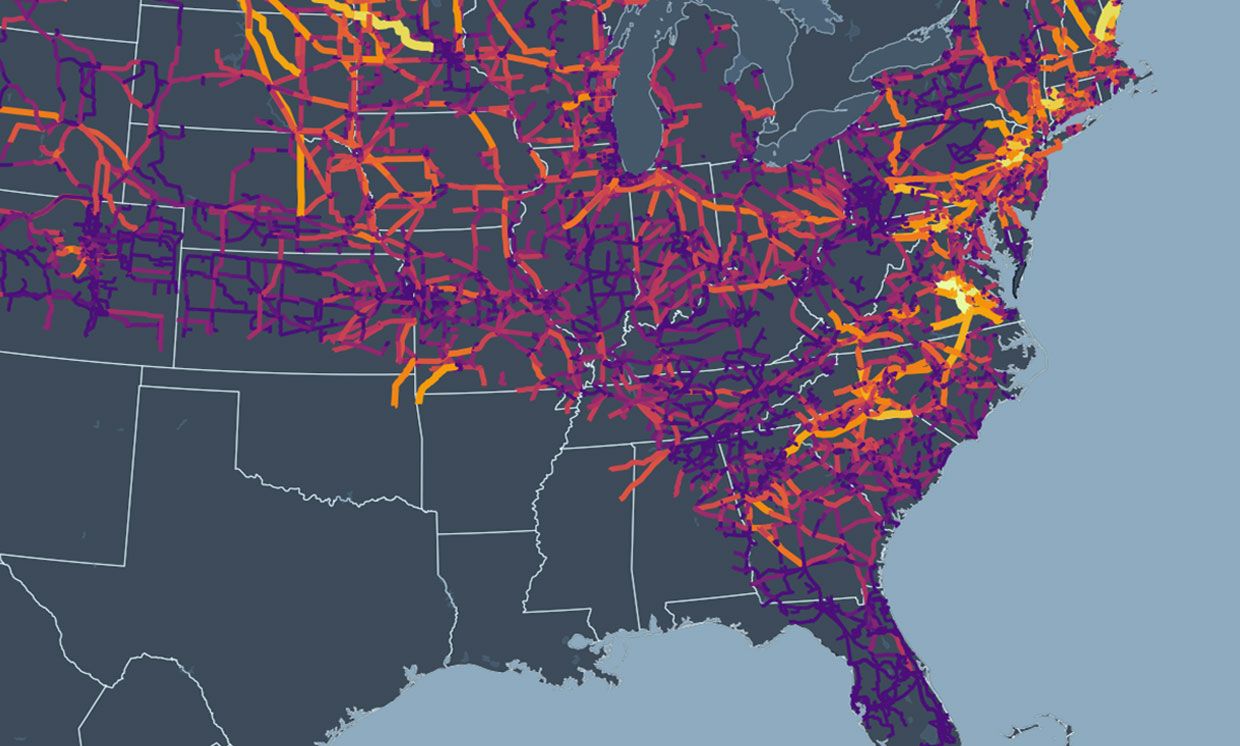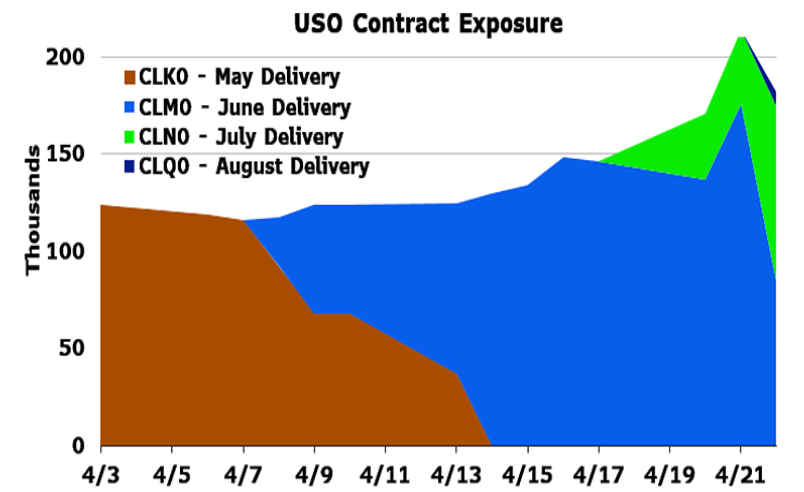[2] William
Herschel [
1801]
interpreted telescopic observations of the Sun in terms of solar
meteorology. The photosphere, he believed, was the top of luminous
clouds and sunspots were openings in the clouds. Therefore, variations
in sunspots would correspond to variations in solar irradiance which
might affect the heating of the Earth's atmosphere and the Earth's
weather. Riccioli (Almagestum Novum, 1651) and others had proposed
similar hypotheses, but Herschel took the idea one important step
further: he sought quantitative evidence, even if scarce and indirect,
that might support the hypothesis. The problem was that Herschel was
contemplating all of this decades before
Schwabe [
1844]
discovered the ∼11‐year solar‐cycle waxing and waning of sunspots and
before Wolf took up his ambitious compilation of historical sunspot
numbers. Still,
Herschel [
1801]
knew that sometimes the Sun had relatively few or no spots and that
this condition could persist for several years: Flamsteed saw “no spot
in the Sun” from 1677 to 1684; Cassini saw “no spot” from 1686 to 1688;
etc., while at other times, sunspots were clearly seen. As for
terrestrial meteorological data, Herschel lacked reliable measurements,
and so he considered a proxy. Reasoning that farm crop yields would be
correlated with temperature and that market prices for crop products
would be anticorrelated with yields, he chose to analyze the London
wheat price data compiled in Adam Smith's
Wealth of Nations.
Herschel found that wheat prices during five durations of time with few
sunspots were high (inflated), while prices during five other durations
were low (deflated). From this, he suggested that diminished sunspot
number might correspond to a “deficiency of the solar beams.” In
publishing his ideas, Herschel hoped to motivate a broader discussion on
the role played by the Sun in affecting phenomena on the Earth.
[3]
Subsequent analyses by
reputable nineteenth century scientists did not convincingly confirm the
existence of a correlation (or anticorrelation) between sunspots and
wheat prices [e.g.,
Carrington,
1863;
Poynting,
1884].
Still, the idea persisted, partly because of Herschel's enormous
reputation, partly because a rigorous philosophy for statistical
hypothesis testing had yet to be developed, and partly because it was
simply so enticing. A correlation, if demonstrated, would enable the
prediction of crop yields and product prices, possibly for financial
gain. It is, therefore, not surprising that the next influential
proponent of a hypothesis similar to Herschel's was an economist:
William Stanley
Jevons [
1879]
reported a correlation between sunspots and wheat prices in India, to
which he assigned elaborate interpretations. But Jevons's evident lack
of objectivity was soon ridiculed [e.g.,
Proctor,
1880],
and today, while economists sometimes discuss a “sunspot effect,” it is
usually as an abstraction of the extrinsic variables that contribute to
a “market psychology” of uncertainty [e.g.,
Cass and Shell,
1983].
[4]
The first clear evidence that specific terrestrial phenomena can be affected by sunspots was obtained by Edward
Sabine [
1856],
who found a correlation between the solar cycle and the occurrence of
magnetic storms recorded at ground‐based observatories. Magnetic storms
result from the dynamic interaction of the solar wind with the coupled
magnetospheric‐ionospheric system. Many storms are caused by coronal
mass ejections from active regions defined by sunspots, but they can
also be driven by high‐speed streams of plasma flowing from coronal
holes that develop during the declining phase of each solar cycle. While
the physics of the solar cycle and magnetic storms remains the subject
of active research, there is no doubt about the reality of the causal
relationship. Indeed, Sabine's statistical correlation has held up over
the 14 solar cycles since he discovered it [e.g.,
Chapman and Bartels,
1962, chapter 11], and it is one of the foundational principles of modern operational “space weather” forecasting.
[5]
In contrast, a
relationship between the sunspot solar cycle and terrestrial weather has
been much more difficult to detect [e.g.,
Meadows,
1975].
Herschel's analysis on this subject, if not exactly meeting modern
standards, is certainly important in the historical evolution of ideas
[e.g.,
Hoyt and Schatten,
1997;
Bard and Frank,
2006;
Benestad,
2006;
Eddy,
2009]. Still, we know of only one recent critical analysis of Herschel's hypothesis [
Krut,
2008],
while numerous publications report what are seemingly statistically
significant correlations (or, sometimes, anticorrelations) between
sunspots and agricultural prices and crop yields [e.g.,
King et al.,
1974;
Harrison,
1976;
Vines,
1977;
Legrand,
1977,
1978;
Currie et al.,
1993;
Stanhill and Cohen,
2001;
Pustil'nik and Yom Din,
2004a,
2004b;
Garnett et al.,
2006;
Pustil'nik and Yom Din,
2009,
2013]. Herschel's hypothesis is also often depicted as being essentially factual in the popular literature [e.g.,
Clark,
2007;
Cohen,
2011].
Given the present situation, we are motivated to conduct our own
significance tests of Herschel's hypothesis. Results inform the wider
and controversial subject of the role played by the Sun and
solar‐terrestrial interaction in affecting global climate change [e.g.,
Moore et al.,
2006;
Gray et al.,
2010;
Love et al.,
2011;
Lockwood,
2012].




